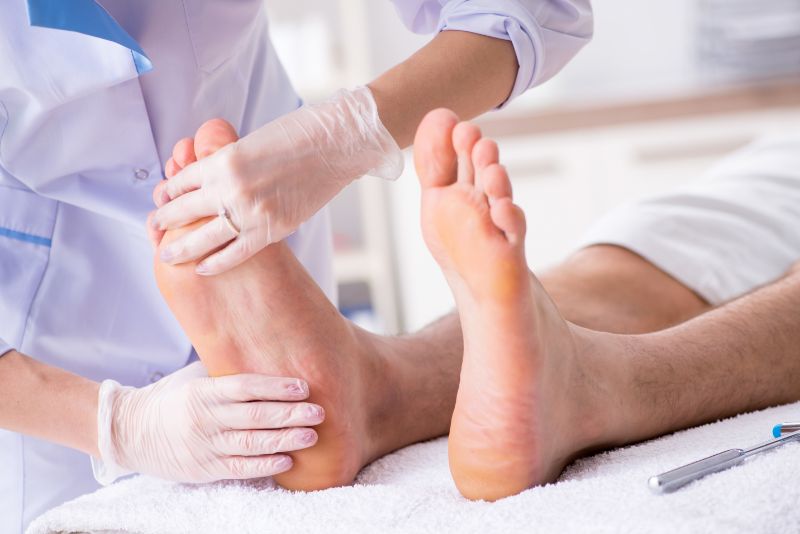Most of us know that podiatrists are foot health specialists and a lot more besides, but what actually happens when you visit a podiatrist?
Should you bring anything with you, what questions will you be asked, do you need to wear anything in particular, what happens next?
Here’s our handy guide to your first podiatrist consultation, so you’ll know exactly what to expect.
What Should I Bring?
Just your good self is absolutely fine, but if you have any reports from previous consultations you think may be relevant please bring them along. If you don’t have these, that’s ok as we’ll be doing a thorough assessment anyway.
Do I Need a Podiatrist Referral?
No, you don’t, although if you happen to have one, that’s great. Again, we’ll be checking you out very carefully before proceeding, so a podiatrist referral isn’t necessary at all.
What Should I Wear and What About Footwear?
We’re happy so long as you’re comfortable. It’s a good idea to wear your everyday shoes though, but don’t worry if that isn’t convenient.
What Happens on Arrival?
The initial consultation gives us a chance to get to know you, so we’ll do a comprehensive assessment to find out exactly how we can help. This will cover your foot and general health and details of past problems and treatments, if applicable. We’ll make a note of any medication you take, allergies you may have and anything you need to tell us.
The first visit can vary from person to person, depending on their symptoms. The following is a general overview, as everything we do is tailored to your individual needs.
And, of course, you can ask as many questions as you like. That’s what we’re here for.
Examination
We’ll start by carefully examining your feet. Then we’ll move on to the lower limbs. These include everything from the toes to the hips, so that means feet, ankles, lower legs, knees, upper legs and pelvis. It’s all connected after all and problems with toes and feet can easily affect joints and muscles further up, and vice versa.
For issues like ingrown toenails, verrucae or fungal infections we’ll also examine the skin and nails, and we may be able to start treatment at once.
We’ll also do a Doppler foot assessment. This is a non-invasive ultrasound test and it won’t hurt a bit. We use it to gauge the blood flow in the lower limbs. This is a really useful test as poor circulation can have all sorts of knock-on effects.
Treatment Plan
From here we’ll advise you on the best course of action. We’ll let you know if further treatment is needed and arrange a schedule for you if this is the case. We’ll also give you advice on general foot health and advise you how to keep everything healthy.
Preliminary Biomechanical Assessment
If you suffer from a biomechanical-related issue we can do a pre-biomechanical assessment today. This can be followed by a full biomechanical assessment at a later date. This is a thorough examination of the lower limbs from toes to pelvis. It helps with a host of issues including postural problems, gait issues, sports injuries and Achilles problems.
Everyone’s Welcome
Young, old, in between – everyone’s welcome. We’re here for specific issues, general foot health or simply an MOT for your feet (always a good thing!).
And don’t forget, Feet By Pody have been doing this since 2006, so you’re in highly experienced hands.
Visit us at one of our London clinics. Contact Feet By Pody or book online today.

